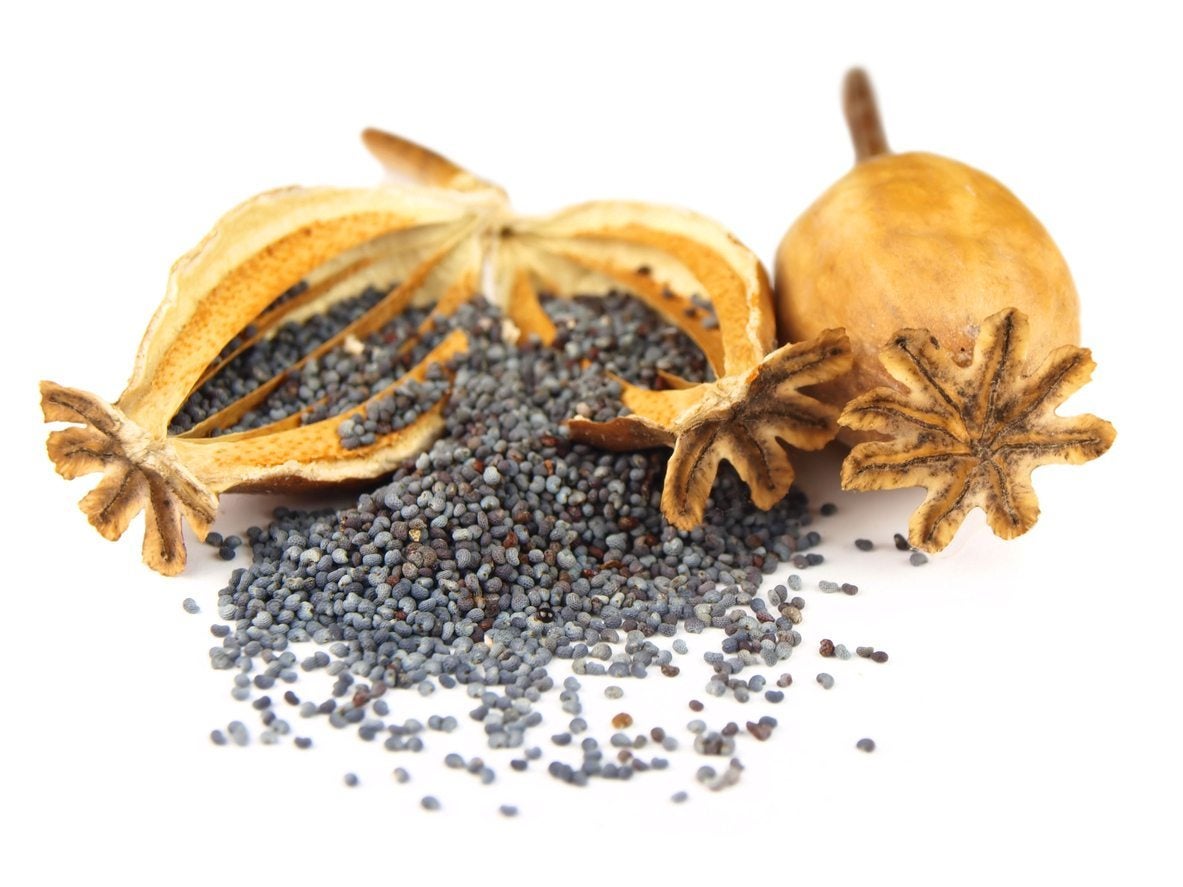Saving Poppy Seeds : How And When To Harvest Poppy Seeds


Poppy seeds add crunch and flavor to many types of baked goods. These tiny flavorful seeds come from the beautiful poppy flower, Papaver somniferum. There are plenty of other gorgeous poppy species that thrive in a variety of conditions. Saving poppy seeds will help perpetuate the colorful plants for years to come. It is a rather fun project, too, as you wait until the large pod starts to rattle. This indicates it is almost time for a poppy seed harvest, either for culinary use or just to continue the plants into the next year.
When to Harvest Poppy Seeds
Who among us hasn't had a wonderful lemon or almond poppy seed muffin? The delicate seeds impart a rich flavor and gentle crunch that adds unique dimension to baked goods. Poppies have a bad reputation as part of the opium trade, but for gardeners, they are simply lovely papery blooms in brilliant colors. These easy-to-grow plants are also simple to propagate from seed. Poppies generally flower in late spring to early summer. They thrive in full sun in rich, well-drained soil. Once the delicate petals begin to drop, the ovary develops into the plant's fruit, a chubby seed pod. This pod contains hundreds of tiny black seeds, which are edible in some species. Pods are green when young and yielding. When weather is dry near the end of the growing season, pods begin to turn brown and develop a hard carapace. This will eventually crack open, releasing the small seed. You must wait until pods are fully dry for a poppy seed harvest. Harvesting poppy seeds too early may affect their viability and ability to germinate. You can tell when pods are ripe by shaking the stem. If the pod rattles, it is a good indicator it is time to harvest. Usually this is 80 to 90 days after planting.
How to Collect Poppy Seeds
Identifying when to harvest the seeds is only part of the equation. You also need to know how to collect poppy seeds to prevent the diminutive seeds from spreading themselves. You can watch the plants like a hawk and collect them just before they split, or when the pods are rattling and dry the pod until it cracks on a rack with a tray under it, or in nylon hose hung up in a dry, warm location. Alternatively, you can allow the pods to dry on the plant and bag them individually with cheese cloth or old nylon stockings. Harvesting poppy seeds in this manner ensures that the seed has reached maturity. If you are saving poppy seeds from harvested dried pods, there may be some variability in germination, as some seed may not have had time to mature.
Preserving Your Poppy Seed Harvest
To save seed for the next season, dry them for a couple of weeks in an open container. Then pour the seed into a glass container with a tight fitting lid. Culinary seeds will retain flavor for up to a year if the container is stored in a cool, dry, dark location. Seed for growing should be planted the following year for best results. Sow seeds in late fall or very early spring. Cover seeds with a very find sift of soil, since poppy seeds require light to germinate. Germination will occur in 2 to 4 weeks. Seedlings are cold hardy and should be thinned to 4 to 6 inches apart (1.6 to 2.4 cm.). Seeds can also be sown indoors 4 to 5 weeks before the date of the last frost and transplanted, but be warned, poppies do not transplant well and some failure of the crop should be expected. Once seedlings are established, they need occasional watering but are a fairly self-sufficient flower. Enjoy their nodding brightly colored blooms and charming seed pods until it is time for the next harvest.
Sign up for the Gardening Know How newsletter today and receive a free copy of our e-book "How to Grow Delicious Tomatoes".

Bonnie Grant is a professional landscaper with a Certification in Urban Gardening. She has been gardening and writing for 15 years. A former professional chef, she has a passion for edible landscaping.